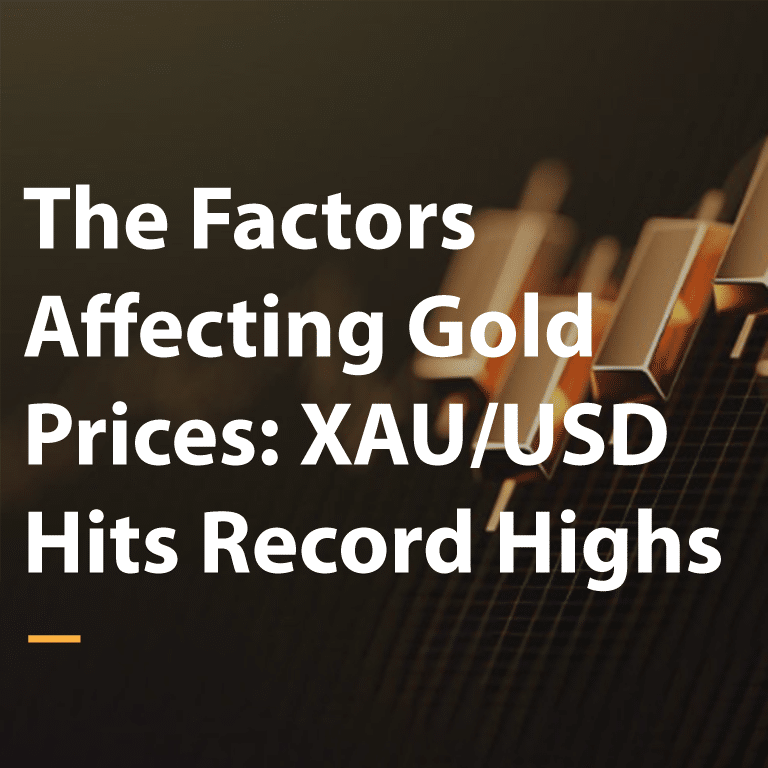Contents
Gold, revered for its intrinsic value, has held a significant place in human civilization for millennia. Beyond its ornamental use and investment allure, gold plays a crucial role in various sectors, including electronics and medicine. Understanding the Factors Affecting Gold Prices is essential for investors and enthusiasts alike. This comprehensive guide delves into the multifaceted elements driving fluctuations in gold prices, offering insights into its historical significance, current market dynamics, and investment implications.
The Factors Affecting Gold Prices
Central Bank Reserves
Central banks worldwide maintain reserves comprising paper currencies and gold. The decision to diversify monetary reserves, shifting away from fiat currencies towards gold, can influence gold prices significantly. Notably, increased purchases of gold by central banks, as witnessed in recent years, signal heightened demand and may contribute to upward pressure on gold prices.
Value of the U.S. Dollar
Gold’s price often exhibits an inverse relationship with the value of the U.S. dollar, given its denomination in dollars. A stronger dollar typically suppresses gold prices, while a weaker dollar tends to bolster demand for gold as a hedge against currency devaluation and inflationary pressures. Thus, fluctuations in the dollar’s value exert a substantial impact on the trajectory of gold prices.
Worldwide Jewelry and Industrial Demand
The demand for gold extends beyond investment, encompassing its use in jewelry and industrial applications. Countries like India, China, and the United States are major consumers of gold for ornamental purposes, while technological advancements drive demand for gold in manufacturing precision electronics and medical devices. Consequently, shifts in consumer preferences and industrial requirements can sway gold prices.
Wealth Protection
Gold’s status as a safe-haven asset becomes particularly pronounced during periods of economic uncertainty. In times of recession or geopolitical instability, investors flock to gold as a refuge, seeking to safeguard their wealth against volatile market conditions. Consequently, heightened demand for gold during such periods can exert upward pressure on its prices.
Investment Demand
The proliferation of exchange-traded funds (ETFs) has democratized access to gold investments, allowing investors to gain exposure to the precious metal without physically owning it. The popularity of gold-backed ETFs, such as the SPDR Gold Trust (GLD), reflects investor sentiment and can impact gold prices based on buying and selling activities within these funds.
Gold Production
The supply dynamics of gold are primarily influenced by mining production. Despite technological advancements, gold mining faces challenges due to depleting reserves, necessitating deeper and costlier extraction methods. Environmental concerns and labor hazards further compound the production challenges, potentially constraining the supply of gold and buoying its prices.
Conclusion
Gold prices are subject to a myriad of factors, each exerting its unique influence on the precious metal’s value. From central bank policies to consumer demand and production constraints, the interplay of these elements shapes the trajectory of gold prices in the global market. As investors navigate the complexities of the financial landscape, understanding the factors affecting gold prices becomes paramount in formulating informed investment strategies and hedging against economic uncertainties.








